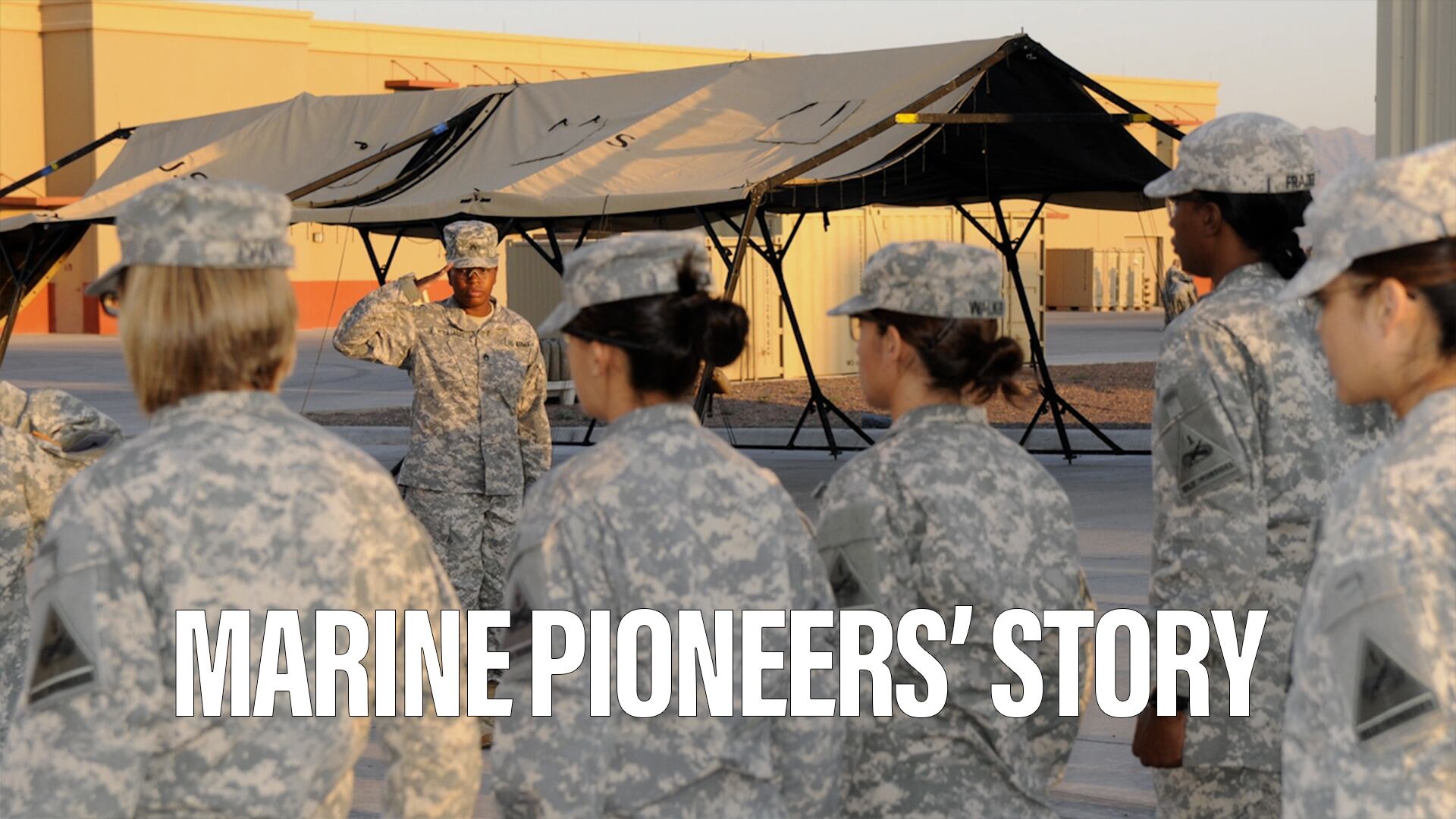The Air Force is rethinking its approach to how it will fight a future air war as it considers a new path forward for its Next Generation Air Dominance fighter system, top officials said Wednesday.
And the revamping of NGAD and the air superiority concept could open up more opportunities to smaller and non-traditional firms to compete for elements of the Air Force’s next fighter, officials said.
Major prime contractors in the aerospace world bring vast and unique experience that will be needed for a redesigned Next Generation Air Dominance family of systems, Vice Chief of Staff Gen. Jim Slife said at the Defense News Conference in Arlington, Virginia, Wednesday. Those primes have already done considerable work on a future fighter system that must be leveraged, Slife said.
But “niche capabilities” that smaller firms specialize in will also be vital to creating “whatever NGAD turns into,” Slife said.
“There are absolutely parts of whatever this mission engineering that we do, for this [air superiority] space, that will open the door to non-traditional contractors as well as the major primes,” Slife said. “It’s a yes-and.”
The Air Force put its years-in-the-works NGAD effort, which had originally been expected to award a contract this year, on hold this summer. Air Force Secretary Frank Kendall said in a June interview that NGAD was on track to cost about three times as much as an F-35, placing its potential price tag at as much as $300 million apiece. At that cost, the Air Force would only have been able to buy a small NGAD fleet.
Kendall said the Air Force planned to redesign NGAD to bring its costs down and better integrate its planned drone wingmen, which the service calls Collaborative Combat Aircraft.
At Wednesday’s conference, Slife said the Air Force is conducting a wholesale rethinking of how it will achieve air superiority against a major adversary such as China as it reconsiders its way forward with NGAD.
“You get two different answers if you frame the question as, ‘How do we achieve air superiority in a contested environment?’ [versus] ‘How do we build a 6th-gen manned fighter platform?’” Slife said. “Those are not necessarily the same question.”
Since the Air Force drew up its original ideas for NGAD, Slife said, technology has advanced much quicker than anticipated. Concepts such as autonomously-flown drone wingmen are now within the Air Force’s reach, and the service wants to better fold those capabilities into NGAD.
And with those advancements in technology, Slife said, nothing is off the table.
“There are capabilities that we [now] have that perhaps we would want to be part of this mission space going forward, that weren’t baked into where we started with the NGAD system,” Slife said. “I wouldn’t rule anything out, but I also wouldn’t rule anything back in.”
The Air Force’s recent experience with NGAD shows the importance of flexibility in major acquisitions as the threat evolves, Hunter said.
“It definitely prioritizes towards … not being over-specified for any particular problem set, or any particular approach to the problem set,” Hunter said.
When asked if a revised NGAD contract might come in 2025, Hunter said, “We’ll have to wait and see what our analysis delivers.”
Stephen Losey is the air warfare reporter for Defense News. He previously covered leadership and personnel issues at Air Force Times, and the Pentagon, special operations and air warfare at Military.com. He has traveled to the Middle East to cover U.S. Air Force operations.








